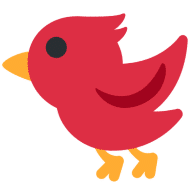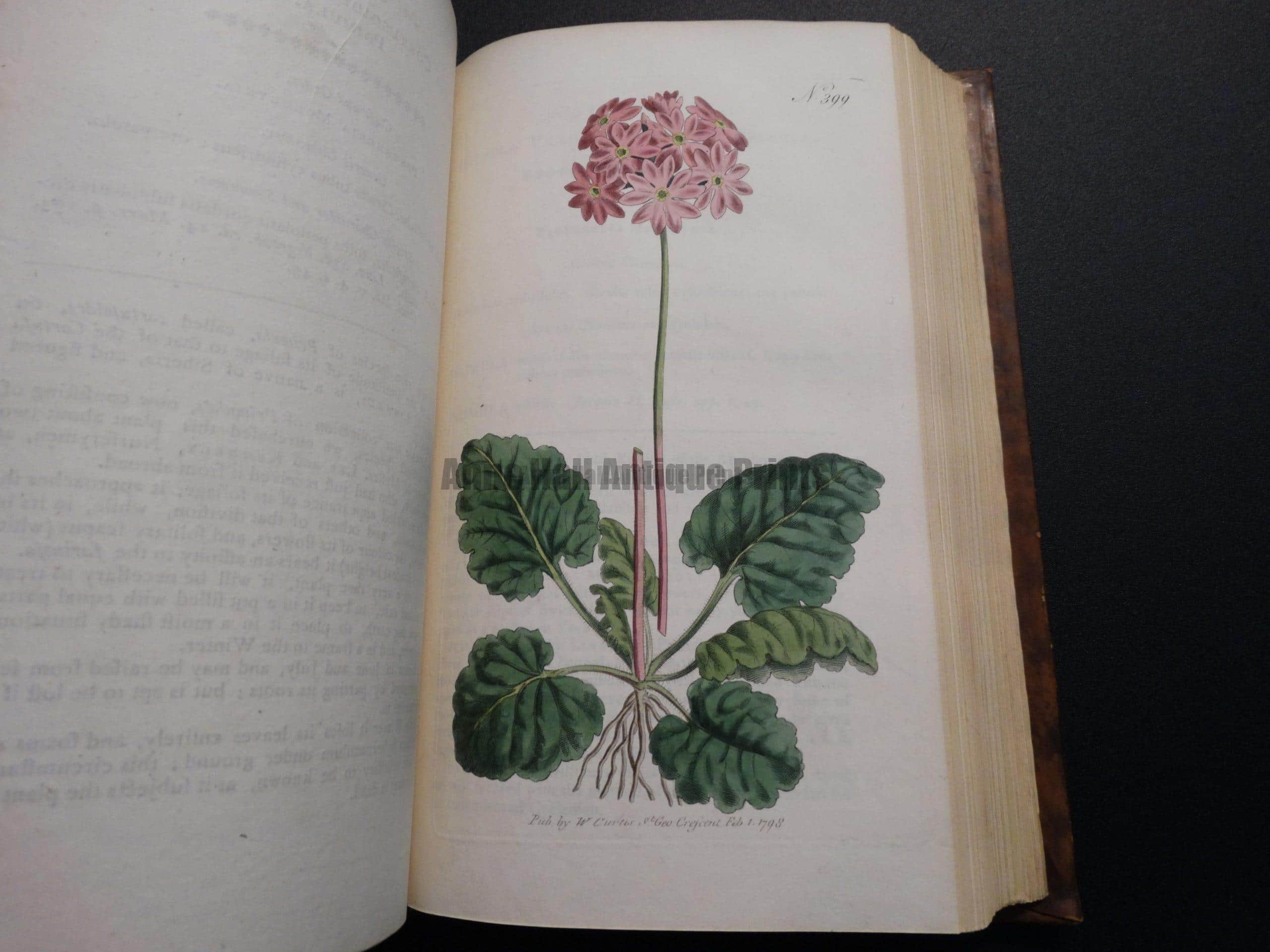Rare books on natural history & why they exist. Rare natural history books were encyclopedic classification indexes of species found locally & remotely. Publishers created a nature channel of information.
Rare natural history books introduction.
I am providing a brief background as to why rare books on natural history exist, will follow a small selection of Rare Books for Sale, if you would like access to more, please contact me. I will give an explanation behind the illustrations found in a rare book. I will address why there was a progression in paper making and printing techniques. I will explain how engravings & lithographs were produced. I will explain who was making these books popular. I will address how were these books were issued. More importantly I will explain why these rare natural history books were the rage in the 1700’s and 1800’s!
See the John Fisk Allen & William Sharp Victoria Regia or The Great Water Lily of America!
Development of Rare Books on Natural History & Briefly Why They Exist.
I often ponder why and how mid 17th, and 18th and 19th Century naturalists studied the natural world. I ask why would these amazing rare natural history books were produced and how could these amazing pieces of nature be produced? Here I will explain… The time had come that living birds, animals and the vegetative world was of interest to everyone, everywhere. A revolutionary age where scientists and naturalists alike, were collecting specimens of every species they could identify. They all tried to observe their subjects in their natural environments. This required travel, everywhere and anywhere they could get to. While other scientists worked from one other’s work & special collections.These encyclopedic studies were mostly funded by big money from the wealthy businessmen, Doctors, Clergy, Noblemen & The Royal Family. Scientists were trying to explain & prove their hypotheses of the world, existence and evolution. Notations from observations and developing scientific evidence could help explain the world…
Publishers created a nature channel for people who had never seen anything like this.
Notations & illustrations, once transferred into these (now rare) books, could be used to educate, persuade, as well as document a species. Subscribers went wild for the latest issue! Publishers were creating a nature channel for people who has never seen anything like this before. Travel increased far and wide to visit public & private curiosities & to see the specimens brought back from far away places and rare natural history books and collections of printed material. People were discovering the natural world! Wild tales of dangerous exploring expeditions and written accounts kept like diaries, some with profuse illustrations, were of interest to everyone. The universal delivery, of all these recent discoveries and new information, was to publish readable material for the masses. Publishers went crazy and printed as much as they could produce, for all their new and demanding readers, oftentimes by subscription. Whereas much of all published from Mid Evil times through the mid 17th Century revolved around religious subject matter. Now the focus could be any subject, but the beauty of the natural world was in first place. This was done by publishing all kinds ephemera, catalogs, portfolios, periodicals and books. Many of which were beautifully illustrated with hand colored, lithographs and engravings. Once readers would receive part of what they subscribed to, they demanded more! When a subscription was fulfilled, by the year or by subject, bookbinders bound the subscriptions into magnificent rare natural history books.
Interest in Books, Libraries & Museums of Curiosities Grew Quickly!
In the 18th and 19th Centuries museums of curiosities became the rage. Hoards of people would rush to museums to see exotic specimens brought home from expeditions of early explorers and naturalists. Royalty, Clergy financed explorations and hence the illustrations, publications that developed from trips. Often times young men, early scientists, aboard ships recorded the natural history sightings they saw along the way. They recorded every detail of the natural history specimens they came across. All of this absolutely fascinated the public. And so the history of illustration, depicting and describing what had been found, along these tremendous explorations was found. How fast the information moved forward can be seen through the history of printing. Exactly as the way things are moving forward these days, so did printing history. It started with very slow laborious hand drawn pages by scribes and monks onto velum, to copper plate engraving on hand made hand laid linen rag paper, and moved forward to faster and faster printing, from lithography, hand colored or not to printing in colors, chromolithography. All driven by readership subscriptions. Numerous rare natural history books were published. As for these kinds of rare natural history books, it all ended about 1900. when photographic printing became the 20th century tool, to today, when everything is digital and untouchable on the internet.
The subject revolves around how fast information could be published for readership.
My entire website includes antique prints printed before 1925, published by obsolete printing methods before photography was used commercially. These rare natural history books were becoming ever so popular during the 18th and 19the Centuries. The subject revolves around how fast information could be published for readership. Readership in the old days revolved around money and new discoveries, especially in areas pertaining to natural history. If one could discover a new species of animal, fish, flower or insect… Wow! That would boost the desire for information from the general public, and the educated, and the rich. For it was those people who managed to finance early printing. Early printing, by massively producing of Bibles, instead of using scribes to hand write psalms and bibles. It had a trickle down effect. Like today, in the OLD days, desire for knowlege lead to a demand for books. Publishing. Initially the Church published religious material. Only the high priests could convey the printed messages. This lasted for a long time. Around 1800 or so, more people read. It was fashionable to be educated. So the printers had to publish more material faster, so that everyone could be on board, literally. Everyone could understand a beautiful illustration. They did not have to understand the words, but it encouraged understanding. Soon, the publications became subscriptions, everyone wanted them. Like today, everyone wants the latest devise. Initially periodical subscriptions were made to those who could afford it: royalty, clergy, noblemen, etc. Who could read? The answer is only the educated, super wealthy, religious, clergy, nobility… they subscribed and read these early periodicals. It was a great pass time in the old days. Men would sit in parlors discussing expeditions. Women would talk in parlors about a special flower. Interests and hobbies. Subjects could include information about a species of flower that grew here or an animal that was seen there. Oftentimes on expeditions, specimens were collected and captured, many alive, many did not survive the journeys home, nor the conditions relocated. Many journeys were three months at sea. Imagine a Giraffe, being brought from Africa to England, via a three month ship’s voyage, to arrive just barely alive, just as the ship’s crew, to Great Britain.
In Conclusion: Rare natural history books were created because there was demand to know about everything one could know about species in the natural world. Books provided an encyclopedic classification indexes of species found locally and remote places. Publishers were creating a nature channel for people who had never seen anything like that.
Recap: I sell antique lithographs & engravings published during the 17th, 18th and 19th Centuries. We have obtained them from old periodicals, catalogs, rare natural history books, ephemera, etc. Rare natural history books were frequently issued in parts and issued by subscription, later bound as books by savvy collectors. The publications were full of lovely old illustrations, many which were hand colored. Fabulous illustrations were included by authors and contributors. Illustrations of flora and fauna were very popular. Later historical events became the craze for early newspapers. All of these subscriptions were important during the, 17th, 18th & 19th Centuries. The latest trends and styles made history, with tremendous artwork. Newly discovered flora and fauna seemed to interest everyone, especially the wealthy including physicians, clergy & royalty.
In spare time, and often when away and I am exhibiting at shows, I frequent museums. Favorites are the American Bookbinders Museum in San Francisco or for fun the Thomas Isaiah Printing office at Old Sturbridge Village in Sturbridge Massachusetts and the amazing archaeology location at Colonial Williamsburg. I have done over 1100 shows where I have had countless opportunities to speak with many naturalists, scientists, gardeners, doctors, historians & artists, which has only complemented my knowledge on the specific subjects and collections I sell.
1st 6 Volumes of Daubenton Histoire Naturelle
Daubenton Histoire Naturelle 6 volumes of rare natural history books. Exceptionally clean and beautiful. Published in French and comprise of the works of Buffon on man, plant and animal life, and minerals. Numerous copper plate engravings of odd afflictions of man, microscopic plant life, and of minerals, one map, the series is complete. Museum Book. Sold as a set of 6 for $750.
- Histoire Naturelle General et Particuliere avec la Description du Cabinet du Roi. Par Mrs. de Buffon & Daubenton. Tomb Premier. Nouvelle Edition. Amsterdam Chez F.H. Schneider. MDCCLXVI. 1766. (Lovely Library Stamp: “Bouches de la Musee”).
- L’Histoire Naturelle de l’Homme. Tome Second Nouvelle Edition. Amsterdam MDCCLXVI. 1768. Animaux Vegetaux & Mineraux.
- Histoire Naturelle General et Particuliere. Por Servir de Suite a la Theorie de la Terre et de Preliminaire A L’Histoire Des Vegetaux Parties. Experimentale et Hypothetique. L’Histoire Des Vegetaux. Parties Experimentale et Hypothetique. Supplement Tomb Second. Nouvelle Edition. Amsterdam MDCCLXXVI. 1776. This is a supplemental text to the Second Volume.
- L’Histoire Naturelle de l’Homme. Tome Troisieme. Nouvelle Edition. Amsterdam MDCCLXXVI. 1766. Mint Condition, Numerous Copperplate engravings, incredible strikes.
- L’Histoire Naturelle de l’Homme. Tome Troisieme. Nouvelle Edition. Amsterdam MDCCLXXVIII. 1778.
- Histoire Naturelle Les Epoques de la Nature Supplement Tome Sixieme. Additions & Corrections to the previous 5 Volumes. MDCCLXXIX. 1779.
Seguy Insectes Papillons: Rare Pochoirs by Emile Allain Séguy

